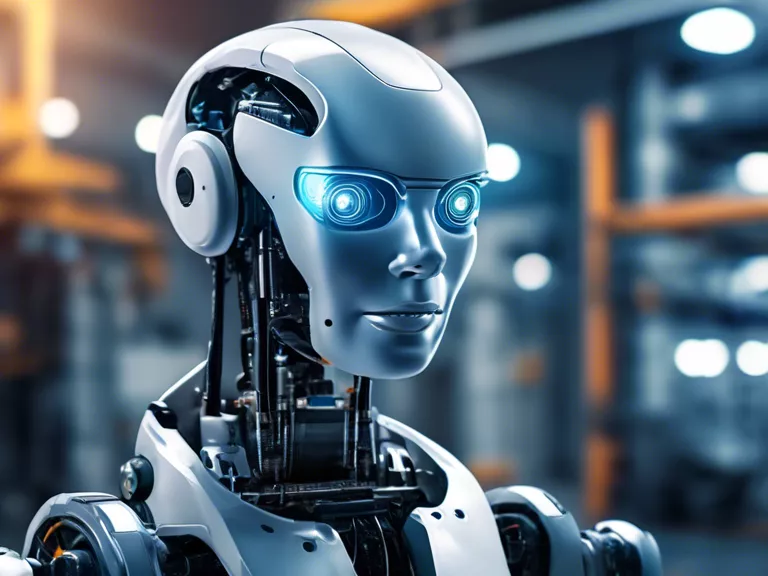
The Impact of Robotic Process Automation on Workforce Productivity
Robotic Process Automation (RPA) has been revolutionizing industries by automating repetitive tasks that were once done by humans. This technology has significantly impacted workforce productivity in various ways.
One significant impact of RPA on productivity is the reduction in manual errors. Robots are programmed to perform tasks accurately and consistently, minimizing the risk of human errors that can be costly and time-consuming to rectify. This has led to increased efficiency and saved time for employees who can focus on more strategic and complex tasks.
Another way RPA has improved workforce productivity is by speeding up processes. Robots can perform tasks much faster than humans, leading to quicker turnaround times on projects and increased output. This allows companies to handle more work in less time, leading to overall productivity gains.
RPA also enables 24/7 operations by allowing robots to work round the clock without the need for breaks or rest. This continuous operation ensures that tasks are completed without delays, improving efficiency and productivity even during non-business hours.
Moreover, RPA has improved workforce morale by eliminating mundane and repetitive tasks that can lead to burnout and disengagement. Employees can focus on tasks that require creativity, problem-solving, and critical thinking, leading to a more motivated and productive workforce.
Overall, the impact of Robotic Process Automation on workforce productivity is undeniable. By reducing manual errors, speeding up processes, enabling 24/7 operations, and improving workforce morale, RPA has significantly enhanced productivity levels in various industries.



